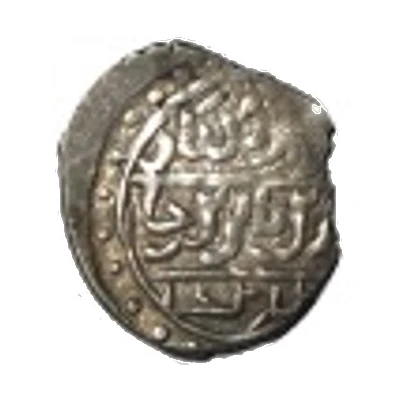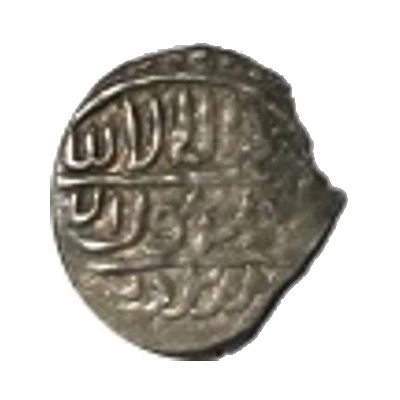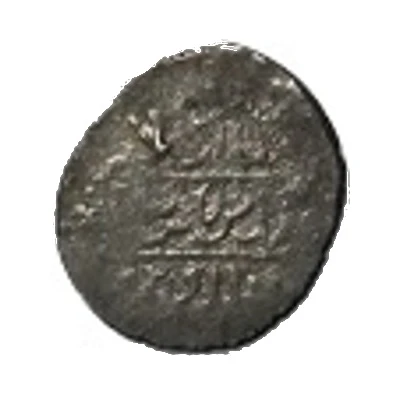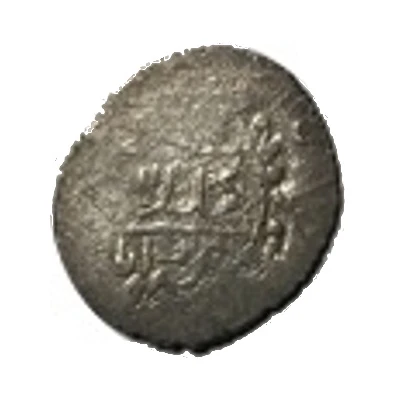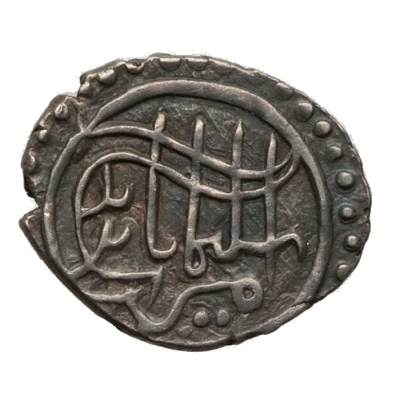
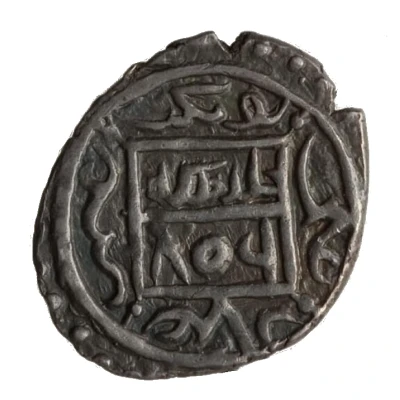

© stormbass
Akce - Interregnum Suleiman Çelebi
806 (1404) year| Silver | 1.17 g | 14 mm |
| Issuer | Ottoman Empire |
|---|---|
| Prince | Süleyman Çelebi (1403-1411) |
| Type | Standard circulation coin |
| Year | 806 (1404) |
| Calendar | Islamic (Hijri) |
| Value | 1 Akce |
| Currency | Akçe (1327-1687) |
| Composition | Silver |
| Weight | 1.17 g |
| Diameter | 14 mm |
| Shape | Round (irregular) |
| Technique | Hammered |
| Demonetized | Yes |
| Updated | 2024-10-06 |
| Numista | N#160665 |
|---|---|
| Rarity index | 87% |
Reverse
Inside a square, an inscription separated of the year by an horizontal line.
Around and divided by four segments, the names of the Rashiduns caliphs, followed by a circle and a beading.
Script: Arabic
Lettering:
خلد ملكه
۸۰٦
أبو بكر | عمر | عثمان | علي
Translation:
Khallada mulkahu
806
Abu Bakr, Omar, Uthman, Ali :
"May his Kingdom perpetuate.
[Struck in ] 806 [AH].
[The caliphs] Abu Bakr, Umar, Osman, Ali."
Interesting fact
One interesting fact about the Standard circulation coin Akce - Interregnum (Suleiman Çelebi) 806 (1404) from Ottoman Empire made of Silver weighing 1.17 g is that it was minted during a time of political turmoil in the Ottoman Empire, known as the Interregnum, which lasted from 1402 to 1413. This period saw a series of rival claimants to the throne, including Suleiman Çelebi, who was one of the sons of the deceased Sultan Bayezid I. The coin's minting was likely a way for Suleiman Çelebi to assert his claim to the throne and gain support among the people. Despite the political instability of the time, the coin still maintains a high level of craftsmanship and beauty, showcasing the skill of the Ottoman Empire's mint workers.
